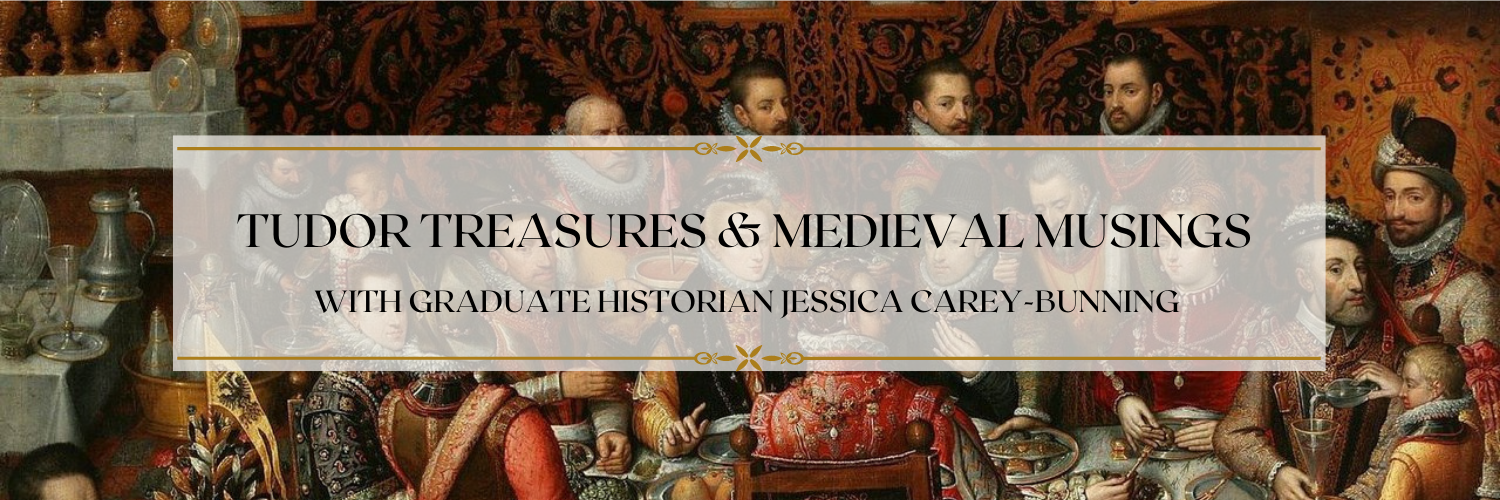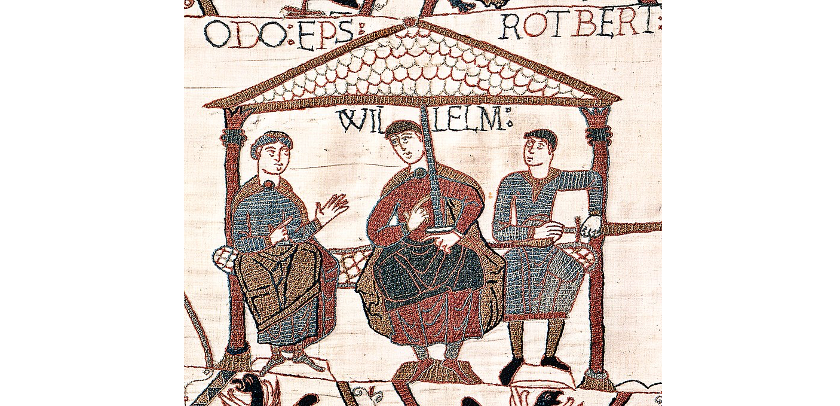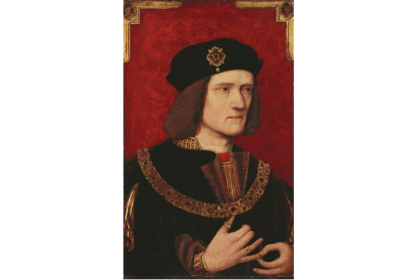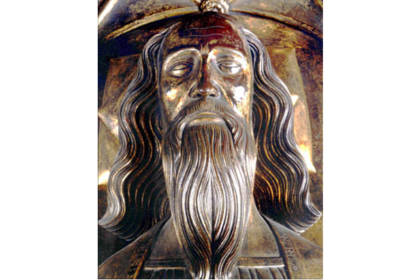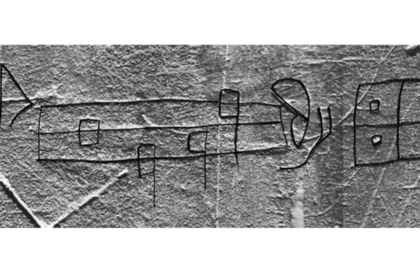ABOVE: William the Conqueror and Odo, bishop of Bayeux, from the ‘Bayeux Tapestry’
Benoît de Sainte-Maure was a 12th-century French poet, who, amongst other things, wrote the epic verse ‘Chronique des ducs de Normandie.’ This fantastic account of the dukes of Normandy was commissioned by Henry II to display his royal lineage and birthright, particularly in light of the nigh-on 20 years of civil war that preceded his reign. It includes an anecdote which, whilst establishing the roots of the Norman dynasty, is also very revealing of the class politics at play in the design and use of castle architecture.
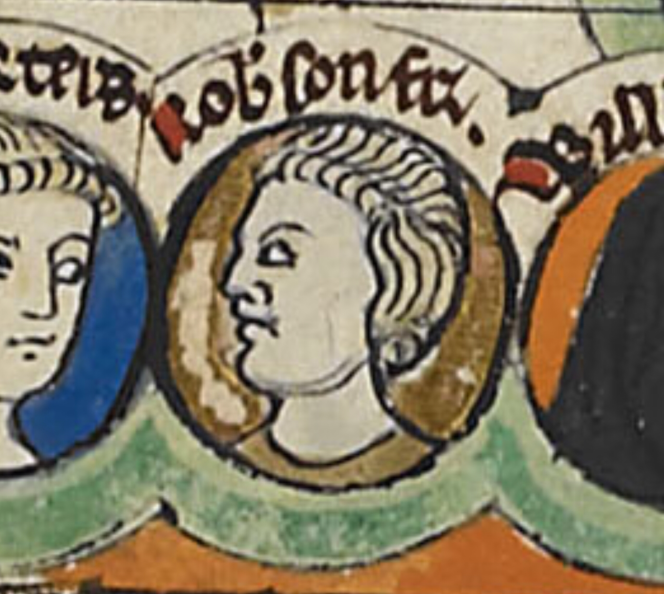
Benoît gives us an account of the 11th century liaison between Duke Robert the Magnificent of Normandy and his mistress, a tailor’s daughter named Arlette (other accounts call her Herleva), who were the parents of William the Conqueror, also known as William the Bastard. According to Benoît, at the beginning of their affair, the low-born Arlette would be smuggled into Falaise Castle through a back entrance for her rendezvous with Duke Robert. However, after she fell pregnant with William, in approximately 1028, Arlette supposedly insisted upon using the main entrance.
The story is anachronistic, but it does demonstrate how class and status were tied up in the castle structure. What entrance one could use depended on your status; the highborn would use the main castle entrance, whilst servants and lowborn visitors had a separate entrance round the back of the castle, out of sight and mind of the nobles.

What Benoît was signalling with this anecdote was Arlette’s elevation from lowly tailor’s daughter to the mother of the Norman dynasty. She no longer had to use the low born entrance, she was now the mother of the future duke of Normandy and king of England. Of course, at the time, no one, not even Arlette, could have imagined her son would go on to inherit Normandy, let alone conquer England. Little is known about Arlette, but we do know that Robert did not marry her, probably because she was too lowborn. However, after she became mother of the heir to Normandy, she did marry a nobleman, Herluin de Conteville; it is believed that Robert arranged the marriage for her. Amongst their children was Odo, bishop of Bayeux, the most likely commissioner of the famous Bayeux Tapestry which depicted his half-brother’s conquest of England. You can read more about the history of the Bayeux Tapestry in a post I wrote here.
